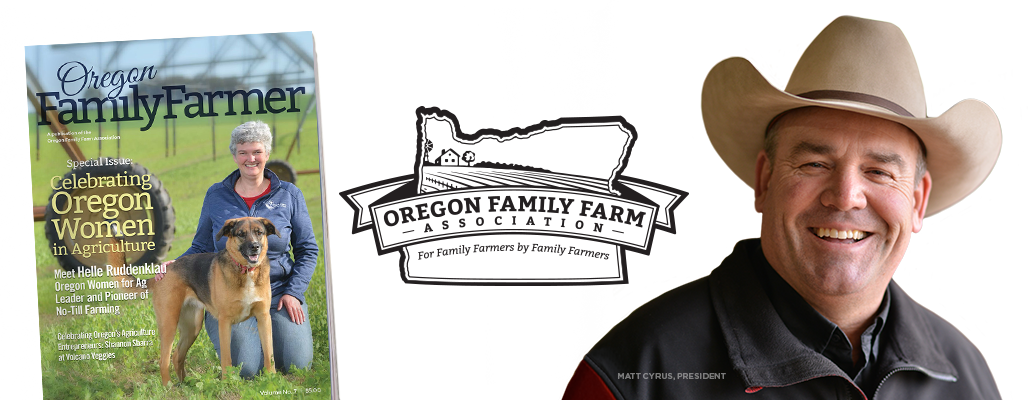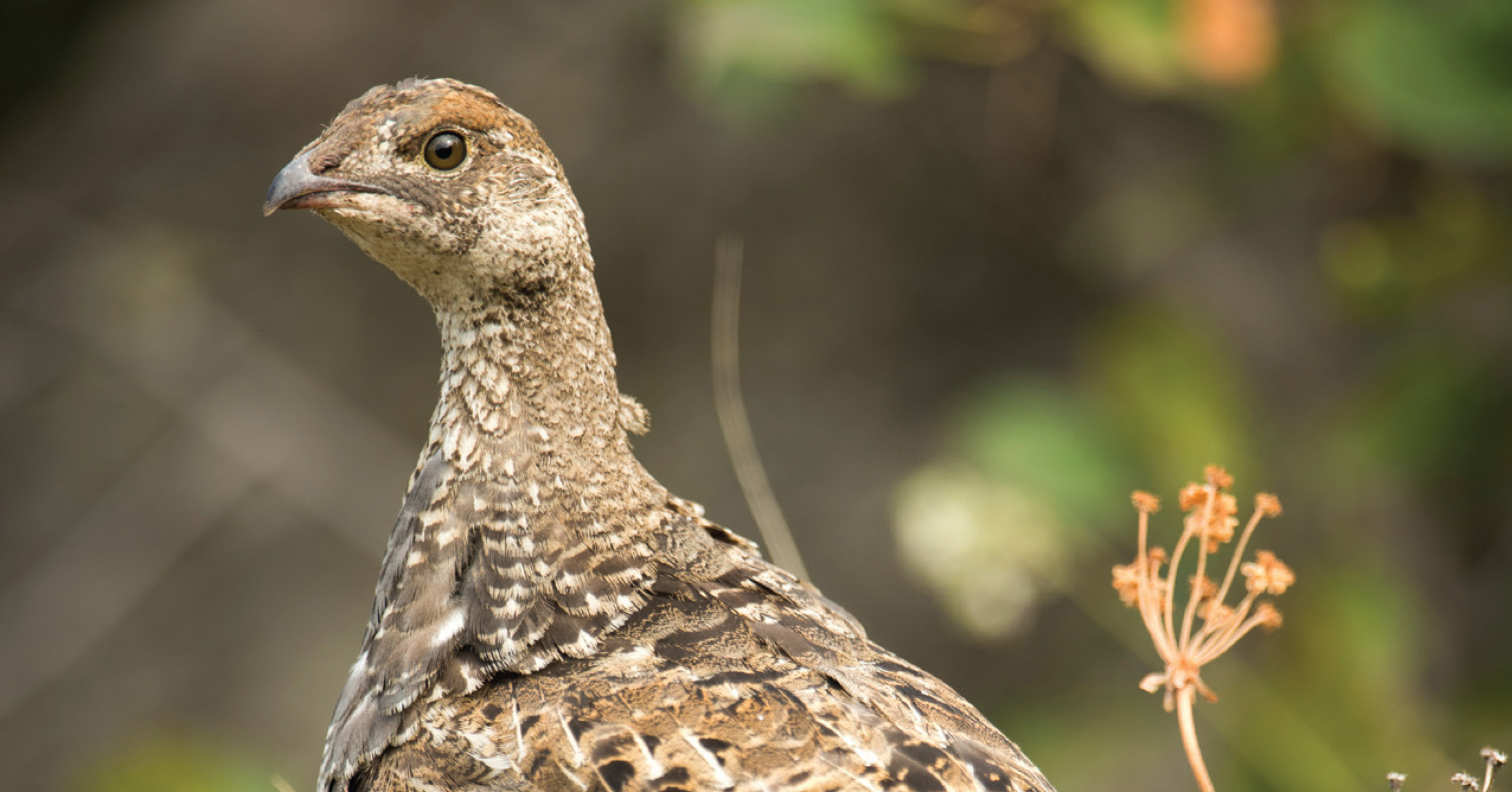BY DAVE HUNNICUTT, OREGONIANS IN ACTION
On July 23, the Oregon Land Conservation and Development Commission (LCDC) approved new rules for the protection of the Greater Sage Grouse. These new rules apply to seven central and eastern Oregon counties — Baker, Crook, Deschutes, Harney, Lake, Malheur, and Union. The rules are likely to have a significant detrimental impact on growth in these counties.
The stated purpose of the rules is to provide greater protection of Sage Grouse habitat, in the hope that state protection will result in the elimination of the listing of the Sage Grouse under the federal Endangered Species Act (ESA). Whether this is a realistic possibility is open to debate, since the United States Fish and Wildlife Service already considered a Sage Grouse listing under the ESA in 2010 and determined that a listing was not a priority for the agency. In fact, of the 146 species currently listed as candidates for possible ESA inclusion, there are at least 95 species with a higher priority for listing than the Sage Grouse.
The rules, which apply to private property zoned for agricultural use (EFU) or forest use, create significant new limitations on “conflicting uses,” which LCDC considers to be uses which might in some way bother the Sage Grouse. Under the rule, virtually all development in the EFU and forest zones would be considered a “conflicting use.” For example, a new home for a rancher is considered a “conflicting use.” So is a farm stand. A processing facility for crops — that’s a conflicting use too.
How about a church? A new school? A mine or other new industry? Yes — all of these are “conflicting uses.” Apparently, the Sage Grouse have more right to occupy the private property than the property owner.
Unfortunately, any use considered to be a “conflicting use” is limited to whatever restrictions that the Oregon Department of Fish and Wildlife (ODFW) decide are appropriate for the development, including a decision that the development can’t be approved. In other words, the property owner is completely at the mercy of ODFW to decide whether or not the “conflicting use” can be approved, and there are no set criteria for ODFW to consider. Whatever ODFW decides is the way it’s going to be.
So why is LCDC adopting new rules for Sage Grouse protection? No one knows, but it doesn’t really appear to be about avoiding an ESA listing. In fact, LCDC claims that Sage Grouse habitat has eroded as a result of “the introduction of invasive weeds, juniper encroachment, largescale development, wildland fire, and intensive agriculture.” With the exception of “largescale development,” LCDC’s rules do nothing to address any of the other causes, and more importantly, their rules impact development that LCDC recognizes is not “large-scale” at all.



